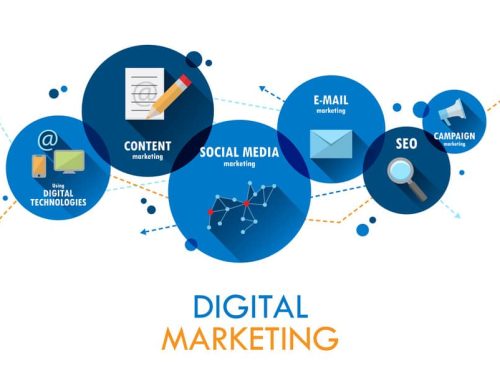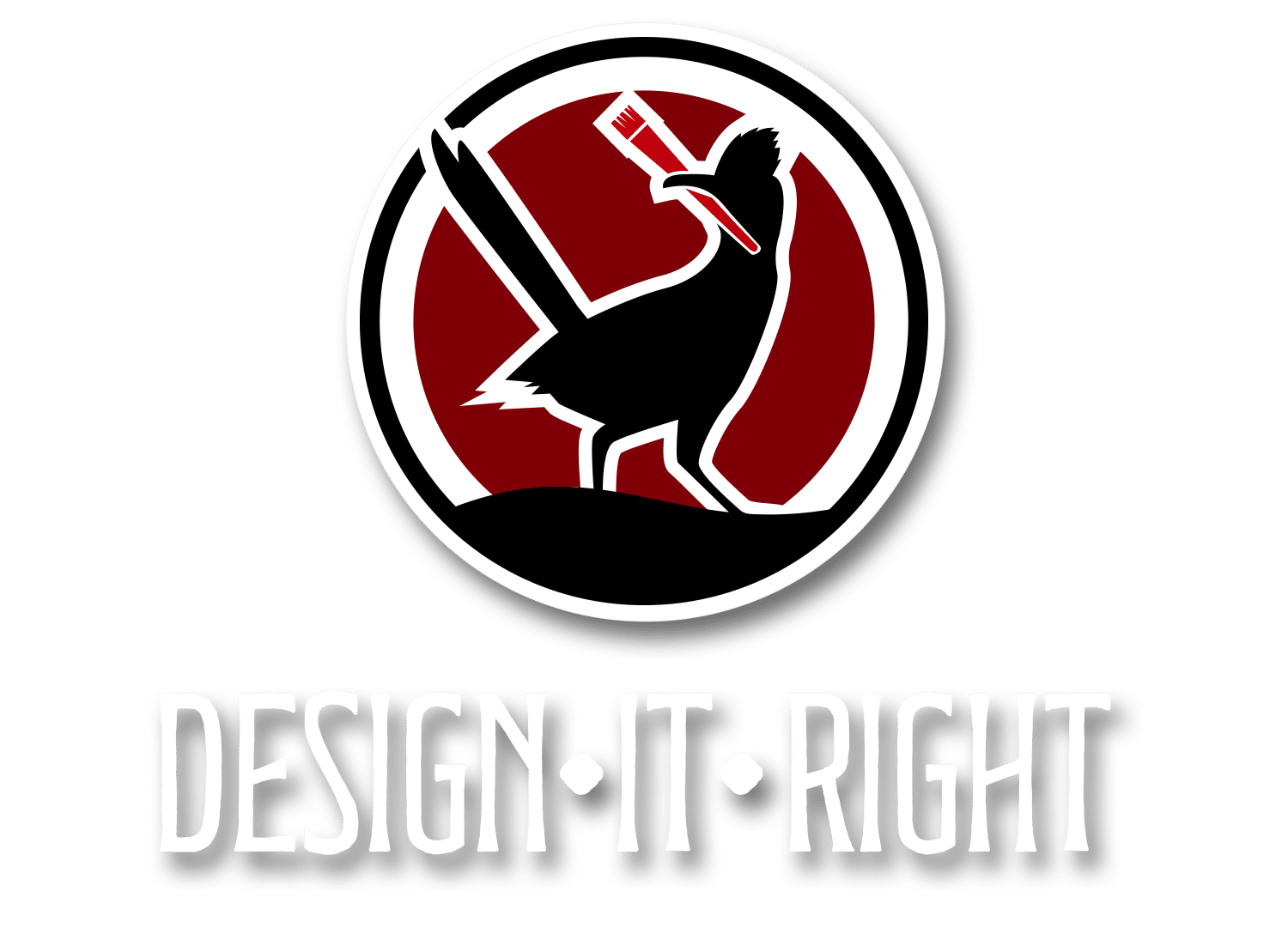How to Choose Affordable Marketing Software
In today’s fast-paced digital world, small businesses are expected to do more with less—and that includes marketing. Whether you’re running email campaigns, building your social media presence, or nurturing customer relationships, marketing software has become a core part of how businesses compete, connect, and grow.
But here’s the challenge: while digital tools can unlock real value, many small businesses are working within strict budget constraints. The goal isn’t just to find inexpensive software—it’s to find affordable solutions that actually work, support your long-term marketing strategy, and grow with your business.
Thankfully, the rise of cloud-based platforms and subscription-based pricing has created a wider range of budget-friendly options than ever before. From automation and analytics tools to CRM systems and social media planners, the modern small business toolkit is more accessible than it’s ever been—if you know what to look for.
This guide will walk you through how to evaluate, select, and scale affordable marketing software that fits your current needs while leaving room for future growth. Whether you’re a solo founder wearing all the hats or managing a lean team with big goals, these insights will help you build a marketing tech stack that delivers measurable impact—without draining your resources.
Define What “Affordable” Means for Your Business
It’s important to understand that affordability isn’t universal. What one business considers a steal might feel excessive to another—so before you even look at pricing pages, take a moment to define what affordable actually means for you.
Start by outlining your monthly or annual budget specifically for marketing software. For some small businesses, this might be a firm cap—say, $50 or $100 per month. For others, the number may be flexible, depending on the features offered or the expected return on investment. Next, align your budget with your goals. Are you looking to:
- Launch your first email marketing campaign?
- Attract more traffic with search engine optimization (SEO)?
- Automate tasks you’re currently doing by hand?
- Increase customer engagement on your social media channels?
- Build a basic content calendar and stay consistent?
Affordable tools should empower you to do these things more efficiently—not burden you with extra tasks or confusing setups. A low-cost tool that adds hours of complexity isn’t really affordable in the long run.
Also consider the indirect cost of doing nothing. If you’re manually writing follow-up emails, posting social updates individually, or using spreadsheets to track leads, the right marketing automation software could save you hours each week. That time savings alone might justify a small monthly investment.
The key takeaway? Affordable marketing software is more than just a line item—it’s a strategic investment in marketing automation tools that help your business grow smarter and faster.
Prioritize Features That Align With Your Goals
It’s easy to be dazzled by marketing software packed with features—but more isn’t always better. One of the biggest budget traps small business owners fall into is paying for advanced functionality they’ll never use.
To stay on track, begin by defining your non-negotiable features. What do you need your marketing software to accomplish in the next 30–90 days?
If your primary goal is email marketing, look for tools that offer:
- Drag-and-drop campaign builders
- Pre-designed templates
- List segmentation
- Automation for onboarding or follow-ups
- Open and click-through tracking
If SEO is a major part of your strategy, focus on tools that provide:
- Keyword research and suggestions
- On-page optimization tips
- Site audits and performance tracking
- Backlink monitoring
- Integration with Google Analytics or Search Console
And if you’re trying to establish or grow a social media presence, choose platforms that support:
- Cross-platform post scheduling (Facebook, Instagram, LinkedIn, etc.)
- Hashtag libraries and post previews
- Analytics dashboards for engagement and growth metrics
- A visual content calendar for planning campaigns
For many small business owners, simplicity is critical. You want software that’s intuitive, doesn’t require a steep learning curve, and integrates with tools you already use (like your website, email service, or CRM).
Keep in mind: “flashy” doesn’t equal functional. If a feature doesn’t support your core marketing strategy, skip it. Focus instead on tools that meet your immediate needs with room to grow when you’re ready.
Explore Freemium and Tiered Pricing Options
One of the smartest ways to stay within budget while still accessing high-quality tools is to take advantage of platforms that offer freemium plans or tiered pricing structures. Many software companies know that small businesses need time to grow, so they’ve built pricing models to match.
Let’s look at a few standout examples:
- MailerLite offers a robust free plan for up to 1,000 subscribers. It includes email marketing automation, sign-up forms, basic landing page design, and performance tracking—ideal for new marketers.
- Buffer and Later let you manage a small number of social media profiles and schedule posts in advance, all on their free tier. You can upgrade later for analytics or team features as your needs evolve.
- HubSpot CRM provides unlimited users and contacts at no cost, along with email logging, pipeline management, and lead tracking—making it one of the most feature-rich free CRMs available.
The beauty of freemium plans is that they give you time to:
- Learn how the software works
- See if it aligns with your workflow
- Measure its impact on your marketing goals
- Determine if the paid plan is worth the investment
As you grow, you’ll find that many platforms let you scale gradually—adding features or capacity as needed, rather than forcing you into expensive, one-size-fits-all subscriptions.
Some platforms charge based on:
- Number of subscribers or contacts
- Number of monthly emails or automations
- Number of users/seats on your marketing team
- Access to integrations or customer support
This modular pricing makes it easier to budget and control costs. You only pay for what you actually use, which makes it possible to build a customized, cost-effective stack that grows at your pace.

Look for Bundled Features and All-in-One Solutions
As your business grows, so do your marketing needs—and so can your software costs if you’re not careful. Paying for one tool to handle email, another for social media, another for landing pages, and yet another for analytics may work in the short term. But in the long run, this approach can lead to bloated expenses and disconnected, automated workflows.
This is where all-in-one marketing platforms can be a real game-changer.
Platforms like Zoho One, GoHighLevel, Keap, and even Mailchimp’s Marketing Platform offer bundled features that cover multiple aspects of your marketing strategy. These platforms often include:
- Email marketing campaigns and automation
- CRM tools for tracking leads and managing contacts
- Landing page builders for capturing new subscribers or sales
- SMS and text campaign support
- A/B testing and analytics tools
- Form builders, chat widgets, and task automation
- Scheduling and pipeline tracking for small teams
By consolidating your tools under one subscription, you reduce the need for third-party integrations and the time it takes to onboard new users or troubleshoot system conflicts. That means fewer logins, fewer vendors, and more time focused on what matters—your marketing strategy.
Not every business needs an all-in-one solution, but if you're juggling more than two or three platforms, the cost savings and simplicity might outweigh the appeal of “best-in-class” standalone tools.
Don’t Overlook Hidden Costs and Long-Term Pricing
Even when a marketing automation platform advertises itself as affordable, it’s worth digging deeper into what’s actually included in the price. Hidden fees or restrictions can turn a seemingly budget-friendly tool into a long-term financial headache.
Here are a few common pitfalls to watch out for:
- Tiered pricing traps – Some tools offer a low base rate but restrict core features behind paywalls or usage caps.
- User-based pricing – Be sure to check how many team members are included. Adding even one user to a marketing platform can significantly increase your monthly costs.
- Feature limitations – You may be able to access the platform for $20/month, but essential tools like analytics dashboards, integrations, or automation may require higher-tier plans.
- Overage charges – Watch out for fees related to list size, SMS credits, or the number of landing page submissions.
Before you commit, use a long-term pricing lens. Ask yourself: “If my subscriber list grows 5x in the next year, how much will this tool cost me then?” Affordable marketing software should not only fit your current budget—it should stay affordable as you grow.
Begin by identifying exactly who you're trying to reach. Think beyond basic demographics like age and location—consider their pain points, motivations, spending habits, and how they prefer to engage online. The better you understand your audience, the more compelling and relevant your messaging will be across every channel.
Test the Software Thoroughly and Check the Support
When you’ve narrowed down your top contenders, take full advantage of free trials, live demos, and onboarding walkthroughs. Don’t just browse the features—put them to work.
Use the trial to build a basic workflow that reflects your actual business use case. Create a small campaign, set up an automation, build a test landing page, or run a sample A/B test. This hands-on approach reveals how intuitive the platform really is—and whether you’ll enjoy using it on a regular basis.
Here’s what to evaluate during your test phase:
- Ease of use – Can you launch a campaign or set up workflows without reading a manual?
- Speed & performance – Does the tool lag, crash, or require long load times?
- Visual layout – Is the dashboard organized and customizable?
- Onboarding – Is there in-app guidance, video tutorials, or an onboarding checklist?
Next, assess the customer service and support options. Look for:
- 24/7 live chat or responsive email support
- Knowledge bases with step-by-step articles and video walkthroughs
- Communities or forums where users share tips and solutions
- Personalized onboarding or webinars if you're investing in a paid plan
Why does this matter? Because even affordable tools come with a learning curve—and you want to know that help is available when you need it. Poor customer service can cost your business far more in downtime, lost leads, and frustration than a higher monthly subscription ever would.
Pay Attention to Real User Feedback
When you’re comparing software tools, don’t just trust the marketing copy on the company’s website—go straight to the source: the people who use it every day.
Review sites like G2, Capterra, and Trustpilot provide valuable user-generated feedback on functionality, support quality, ease of use, and pricing clarity. Read reviews from businesses that are similar in size and scope to yours. Focus on patterns: If 10 reviewers complain that support is slow or the automation tools are buggy, that’s a red flag worth noting.
Also check social media, Reddit forums, or industry-specific groups to see what marketers are recommending in real time. You’ll often find honest, nuanced takes that help you avoid common pitfalls or clarify expectations before you subscribe.
Create a Shortlist and Compare Side by Side
Once you’ve explored your options, tested features, and reviewed feedback, it’s time to create a shortlist—ideally 2–4 tools maximum. Create a simple side-by-side comparison that ranks each platform based on:
- Monthly or annual cost
- Features included in the plan you need
- Scalability as your business grows
- Customer service and onboarding
- Time required to manage or set up
- Integration options with tools you already use
This exercise brings clarity to your decision-making process and helps you move forward with confidence. Sometimes the right tool is the one with the best user friendly customer experience—not just the most bells and whistles.
Choose Smart, Not Cheap
Affordable marketing software should save you time, increase your output, and support your business goals without stretching your budget thin. While free and budget-friendly tools offer a great starting point, the best investment is software that adds real value to your marketing efforts over time.
Remember: “affordable” isn’t about the lowest price tag—it’s about the highest impact per dollar spent. A tool that helps you land new clients, nurture leads, or simplify your daily workflow is always worth more than one that just looks good on paper.
At Design It Right, we help small businesses find and implement the right tools for their goals—without overcomplicating things or blowing through the budget. Whether you need support picking your tech stack or setting up a smarter workflow, we’re here to help.
👉 Schedule a free consultation today, and let’s build a budget-friendly marketing system that grows with your business.




